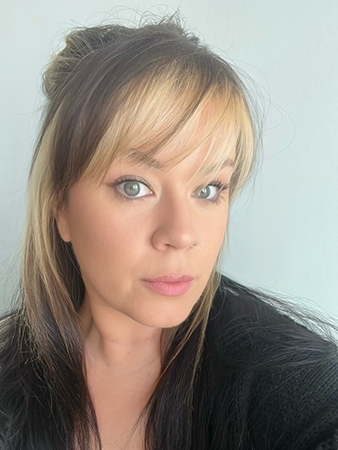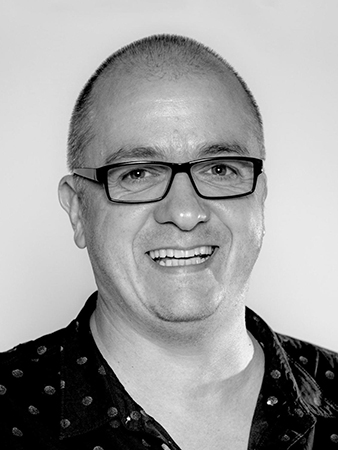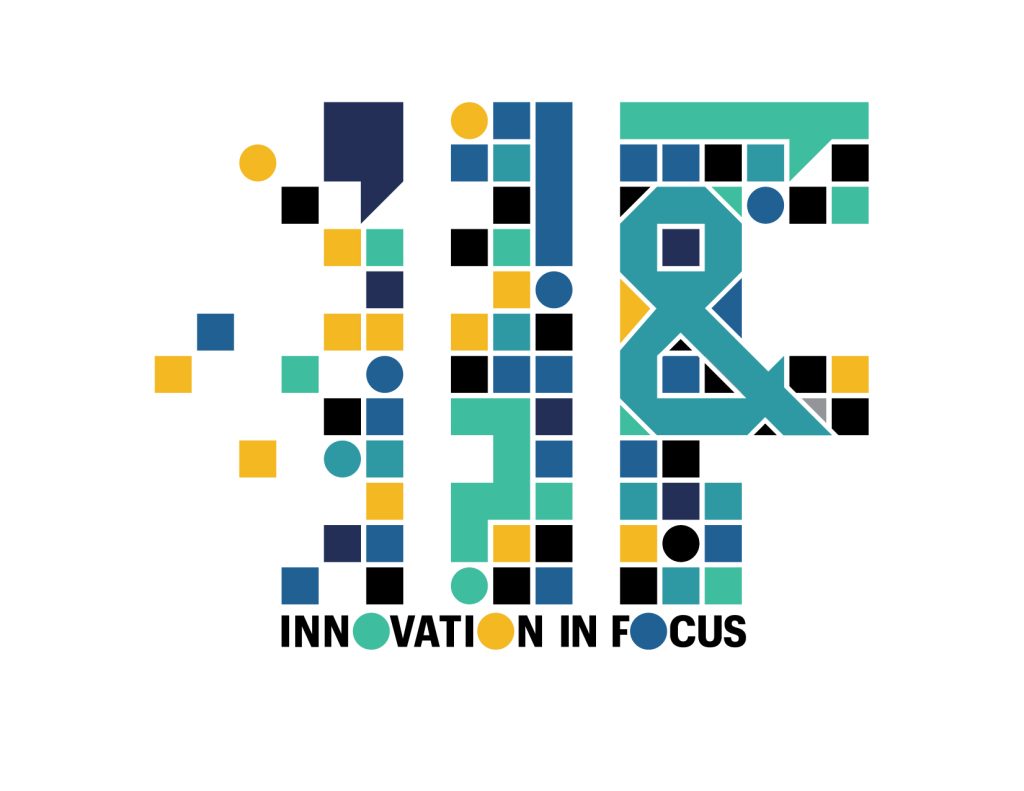
Going beyond the guidelines to make your news more accessible
A conversation with Ab11y’s Charlie Turrell and Gareth Ford Williams
Gareth Ford Williams and Charlie Turrell, of Ab11y, built the first digital accessibility team at the BBC and created the Champions of Accessibility Network to encourage more people to think and talk about barriers to access to news information.
Ford Williams and Turrell said guidelines and legal requirements can be helpful tools, but they also emphasized that accessibility work should always come back to people’s experiences and how they engage with your news content.
“Over the years, one of the hardest things for me was getting people to understand that this was worthwhile, not just worthy,” Ford Williams said.
For these accessibility advocates, that means creating a culture shift at your news organization and bringing accessibility into every process and design decision. While they agreed that this can sound overwhelming, Ford Williams and Turrell shared some advice.


Lytle: What tips do you have for getting started in accessibility? Especially for news organizations with limited resources and/or limited technical expertise.
Turrell: Make an individual change, make something different. Even if that means that every single time you put in something visually, [you ask], “Are there closed captions?” Work on that for a little bit. Make sure that is everybody’s focus. Then, once you’re getting into the habit of it and it feels second nature, look at something else. Look at the attitudes that people have. Are we talking about language? Are we making sure that we are not being offensive in the way that we’re reporting something? Are we speaking to a wide variety of people? Are we understanding that there’s crossover and someone might be deaf and blind, or there’s some intersectionality there? So you start to layer your information, you start to layer your knowledge and then naturally things progress, and it doesn’t feel overwhelming and it stays with you.
Ford Williams: I always love the phrase, “what is in your gift to do?” If all you can do at this point is content, then have a look at the way that you build content. If there is something that you can do about design or it’s to do with the way that you produce stuff, then deal with that.
Lytle: Gareth, you mentioned that alt text is one thing that people can work on now?
Ford Williams: There is a craft to alt text that is not covered in the guidelines. The guidelines just want alt text to exist, but that just doesn’t mean it’s any good. Alt text should always reflect the intent of the use of the image. So when I was talking to journalists, I’d say, “What was the intent of the use of that image?” And then they go off: “Well, we thought it was really interesting because it shows the relationship between this and this happening, and she’s looking over there because she felt this and it shows this energy …” They were telling me the story of the image, and I’d usually stop them and just say, “Write that down because you’ve got the alt text.”
Tell the story that the image tells. You don’t necessarily have to describe the image because the image in another context can have a completely different description
Lytle: What other steps can small teams take now to start their accessibility efforts, besides alt text?
Ford Williams: Deliver bi-media production: Everything that you output needs to be able to be seen or heard, or seen and heard and it’s equivalent. That’s not a technology thing – it’s how you script it, how you shoot it, how you choose to approach it.
Another one – and this is a really simple one, as well – if you can’t do the captioning and you are using auto-caption, make sure that you’ve got one journalist with a very isolated voice and no background noise. Try to be as clean in the audio and as concise in the way that you speak and enunciate and do all the things that enables the technology to do its job a bit better. It’s never gonna be accurate because closed captioning, auto captioning, is not accurate, but it can be better than terrible.
Lytle: How do you measure success or gather evidence that what you’re doing is making your news more accessible?
Ford Williams: For things like the bi-media production and the video, you just look at the engagement numbers, did they change? And they will change because of the large amount of people that you are now impacting. It’s not just about people. It’s the situational and environmental things that you are impacting by doing that. And you will see a change within that.
But also if you wanna do it from a kind of cultural and community [angle], go out and talk to people who are consumers and have challenges and get them to come in and talk about: “Did you make things better? How does it work?” Get people who love your style of journalism, and you’ve just engaged with them a bit more, and get them to come in and chat.
Turrell: Talk about your accessibility journey as an organization. Make it something that is part of your identity. I think everyone’s got to start somewhere. So talk about that. Make that sort of part of your journalism. “We are now aiming to reach more people. We’ve had conversations with professionals, we are researching, and this is what we’re including,” and make it part of your promotion.
Lytle: Are there any practical tools that you’d recommend for people learning about accessibility?
Turrell: I use an alt-text checker that you can download on Chrome. There are a lot of Chrome extensions that are really helpful. I use that one, I use my color contrast checker and I use my headings checker, and I do that all the time. I’m not particularly technical at all. Everything I’ve learned is just because I’ve been around people that are really helpful.
Microsoft inclusion toolkits are really good as well. Microsoft, Google, Apple, there’s lots of stuff that they put out there, and I would say that they are kind of on top of their game when it comes to accessibility. There are tools out there that you can download and use, just make the most of them. Even if it just means, “let me just double check that that color looks okay.” And then you’re done. You don’t have to be a developer to use these.
Lytle: Do you have any other advice related to accessibility that we haven’t touched on yet?
Ford Williams: There are people who’ve got really interesting life stories that are not defined by their disability, but about their lived experience: their struggles, their triumphs, the high points and the difficult points. Go and ask them and talk to them about their lived experience.
This will also bring their lived experience back into what you do, by looking for those stories within those communities of people who do extraordinary or interesting things that can bring it to light. And you’ll change your readership with this as well. People who see themselves reflected by an organization in the stories it tells are more likely to engage with the stories that that organization is telling.
There’s a responsibility in journalism to let people know about the breadth of humanity that we have and interest people in it, help people understand.
Editor’s Note: This interview has been edited for clarity and length.

Sign up for the Innovation in Focus Newsletter to get these articles, tips, guides and more in your inbox each month!

